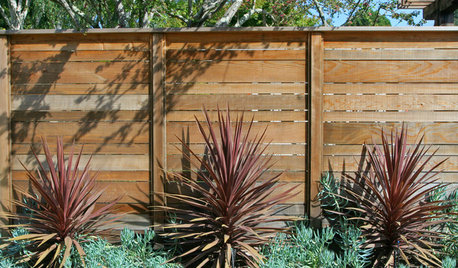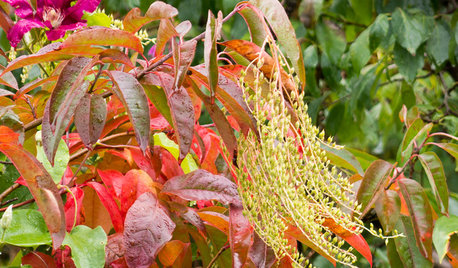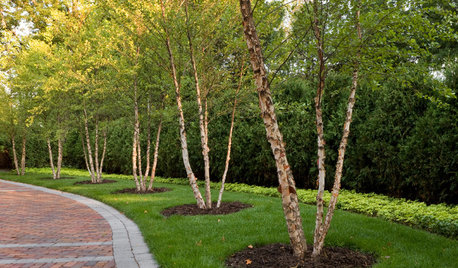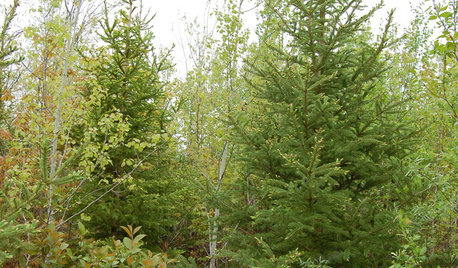My Tree is Drooping
katieanddj
17 years ago
Related Stories

HOLIDAYSHow to Care for Your Christmas Tree
Keep your tree looking lush until the last ornament is packed away with these tips for watering, using stands and more
Full Story
SPRING GARDENING7 Spectacular and Practical Spring-Flowering Trees
Put on a beauteous show in the garden with a landscape tree awash in flowers — just do your homework first
Full Story
GARDENING GUIDESGreat Design Plant: Cabbage Tree
Happiest in plentiful sun, this tropical-looking tree gives a pool area or backyard landscape an exotic view all summer long
Full Story
HOLIDAYSHouzz Call: Show Us Your Christmas Tree!
How lovely are your branches? Post a picture and share your stories
Full Story
MOST POPULARFind Your Christmas Tree Personality
These Christmas trees suit a range of design styles and personas. Recognize anyone?
Full Story
HOUSEPLANTSGet a Dash of the Rain Forest With Madagascar Dragon Tree
This living decoration reaches up to 15 feet, has minimal needs and adapts to different light levels — just steer clear of fluoride
Full Story
TREESGreat Design Plant: Sourwood Brings Fiery Fall Color
For a sweet spot of scarlet and orange in autumn, look to sourwood's foliage — but this tree offers interest the rest of the year too
Full Story
LANDSCAPE DESIGNGreat Design Plant: River Birch
Pick this rugged native tree for its intriguing peeling bark, soil adaptability or leaves that bring dappled shade to a garden
Full Story
MOST POPULARHouzzers Deck the Halls
From traditional to quirky to innovative, readers show their Christmas tree style
Full Story
GARDENING GUIDESGreat Design Plant: Picea Glauca
Its sculptural form and evergreen foliage provide year-round beauty and wildlife shelter. Its cones offer important winter songbird food
Full Story





sooth
katieanddjOriginal Author
sooth
sooth
sooth
sooth